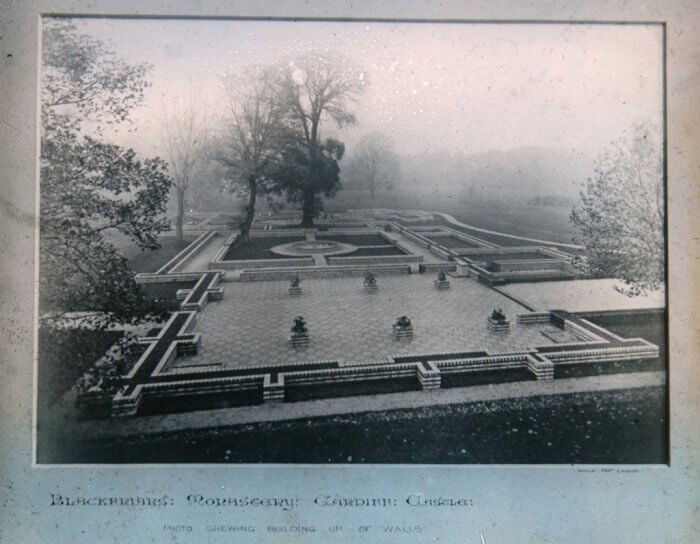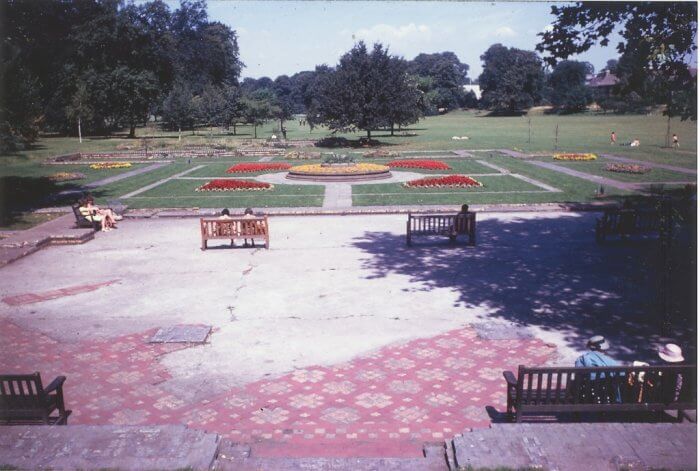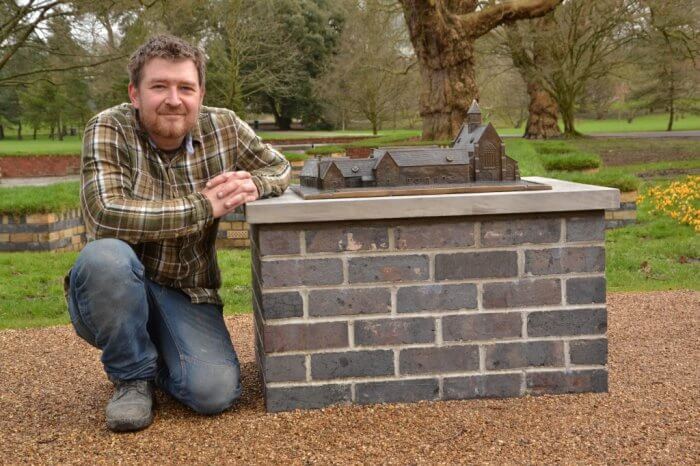Blackfriars Friary is an ancient scheduled monument and a grade II listed building dating back to the 13th Century. It is one of the few friary sites where the full building plan is known.
In 1536, Parliament ordered the closure of monasteries, abbeys and other religious houses in Wales and England. The friary was occupied for 288 years until it was dissolved in 1536 when Parliament ordered the monasteries, abbeys and other religious houses in Wales and England to be closed.
The buildings were demolished in 1538 and the foundations disappeared under soil and vegetation.
The site was excavated in 1887 and was interpreted as an ornamental garden feature. The Friary floor was covered with reproduction tiles which were based on the original designs.
The site was gifted to the people of Cardiff in 1947 and the site gradually fell in to disrepair – the only exception being work carried out in 1977 by the Victorian Society to remove the Victorian floor tiles for safekeeping.
The Victorian scheme was partially restored in 2013 using reclaimed bricks to match the originals. Threshold stones are inscribed with the names of the rooms they would have led to in the old friary. Turf capping helps shed water and protect the brick work from frost damage.
The decorative (Victorian) floor tiles that used to be present across the Victorian site were laid in the floor of Pettigrew Tea Rooms during the restoration of West Lodge.




Details
Directions
Bute Park directionsSimilar attractions
- ‘Love Exploring’ app
- The People’s Door
- Cardiff Castle
- Bute Park for the young-at-heart
- Meteorological Station













